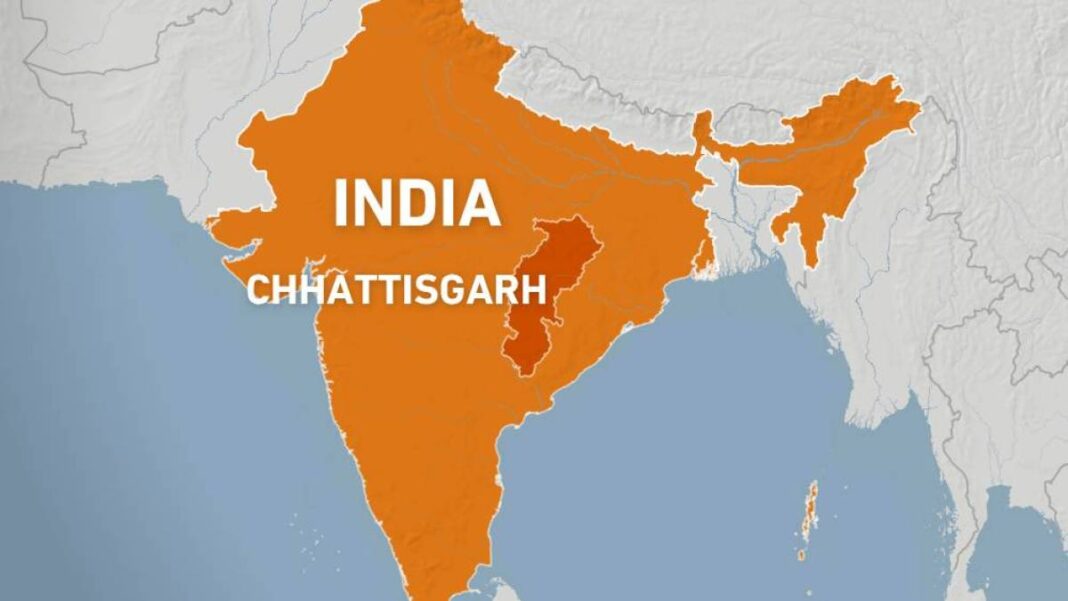Two security personnel also killed in the deadliest combat this year and the second major fight in less than a month in central India.
Indian security forces have killed at least 31 suspected Maoist rebels in the forests of the central state of Chhattisgarh, police said, in its biggest encounter this year.
Two security personnel were also killed while two others sustained injuries in the gun battle in Indravati area of Chhattisgarh on Sunday.
Hundreds of police and paramilitary soldiers launched an operation in the forests based on intelligence that a large number of Maoist rebels had gathered there, state police Inspector General Pattilingam Sundarraj said.
He said the toll could be higher with search operations expanding. “Additional forces have been rushed to the encounter site,” he said.
Automatic weapons and grenade launchers were recovered from the scene, a police statement said.
The Maoist rebels, also known as Naxals, follow a form of communism propagated by the late Chinese leader Mao Zedong. They have waged a guerrilla-style war against the government, particularly in central and eastern India, for decades, leading to periodic clashes and casualties on both sides.
“This is a big success in the direction of achieving a Naxal-free India,” said India’s Home Minister Amit Shah, who last year said the government expected to crush the Maoist rebellion by 2026.
Sunday’s fighting is the biggest so far this year and the second major clash in less than a month in Chhattisgarh, according to police officer Jitendra Yadav.
At least 16 rebels were killed in the state’s Gariband district on January 23. According to Indian officials, the government had issued a reward for 12 of them, totalling about $345,000.
Eight rebels were also killed in a gun battle with soldiers in the Bijapur district on January 31.
New Delhi has deployed tens of thousands of soldiers in a stretch of territory known as the “Red Corridor”. The crackdown has killed some 287 rebels in the past year, most of them in Chhattisgarh, according to government data.
Indian soldiers have been battling the Maoists since 1967, when the rebels began fighting to demand more jobs, land and wealth from natural resources for the country’s poor Indigenous communities.
Years of neglect have isolated many locals, who face a lack of jobs, schools and clinics, making them open to overtures by the rebels. The rebels speak the same tribal languages as many villagers and have promised to fight for a better future, especially in Chhattisgarh, one of India’s poorest states despite its vast mineral riches.
The fighters have ambushed police, destroyed government offices, and abducted officials. They have also blown up train tracks, attacked prisons to free their comrades, and stolen weapons from police and paramilitary warehouses to arm themselves.







